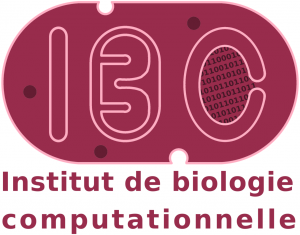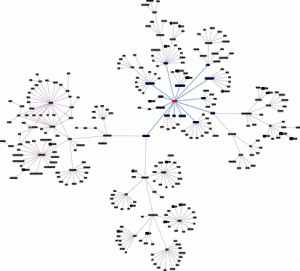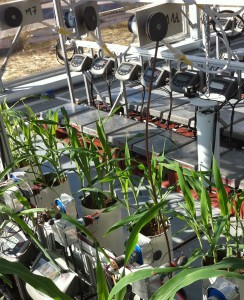 Vendredi 7 décembre 2012 de 9h à 17h
Vendredi 7 décembre 2012 de 9h à 17h
Lieu: Salle des séminaires, LIRMM, 161 rue Ada, 34392 Montpellier
Contacts: Esther.Pacitti@lirmm.fr et Eric.Rival@lirmm.fr
Site (pour s’inscrire): http://www.lirmm.fr/~pacitti/Mastodons.html
La biologie et ses applications, de la médecine à l’agronomie ou l’écologie, deviennent des sciences productrices des données massives et exigent des nouvelles approches computationnelles pour analyser et partager ces données.
Les nouvelles technologies de Séquençage à Haut Débit (SHD) apparues en 2005, et aussi appelées Séquençage de Nouvelle Génération (NGS), révolutionnent la manière dont sont posées et résolues les questions de recherches en science du vivant. Elles permettent aussi bien d’appréhender la diversité génomique au sein d’une espèce, que l’expression des gènes dans les cellules, ou les marques épigénétiques sur le génome. Les volumes de séquences amène ces sciences dans le domaine des « Big Data » et posent des challenges gigantesques pour l’exploitation de ces données.
Dans le domaine végétal, les méthodes de génétique quantitative permettent d’identifier les gènes impliqués dans des variations phénotypiques en réponse aux conditions environnementales. Elles produisent de grandes quantités de données (par ex. 105 données par jour) à différents intervalles de temps (de minutes à des jours), sur différents sites et à différentes échelles depuis des échantillons de petits tissus jusqu’à la plante entière.
Ce workshop interdisciplinaire rassemblera les chercheurs impliqués dans les axes de recherche traitement de données, bioinformatique, echophysiologie, biologie, et d’autres, pour permettre d’approfondir les discussions concernant le traitement de données à grande échelle et divers aspects spécifiques au traitement de données pour la séquencage à haut débit et phenotypage végétal, etc, pour pouvoir identifier les perspectives de recherche pour 2013.
Programme
9h Accueil
Session: Techniques de Gestion de Données à Grande Echelle
9h30 Conférence invitée : Jens Dittrich (Saarland University): Efficient Big Data Processing in Hadoop MapReduce
10h30 P. Valduriez, (INRIA & IBC, LIRMM): Parallel Techniques for Big Data Management
11h Pause
Session: Phenotypage à Grande Echelle
11h30 F. Tardieu (INRA, Montpellier) : Data Management in Plant Phenotyping: the roles of plants and crop models
12h Godin (INRIA): Toward high-throughput imaging for studying organismal development
12h30 Repas
Session: Traitement de Données de Phenotypage
14h E. Pacitti, M. Servajean (INRIA & LIRMM): Challenges on Phenotyping Data Sharing and a Case Study
14h30 F. Masseglia (INRIA & LIRMM), F. Tardieu (INRA): Data Mining: current approaches and questions in plant phenotyping
14h45 Pause courte
Session: Données et Séquencage à Grande Echelle
15h E. Rivals (IBC & LIRMM – CNRS & UM2) Challenges in the Analysis of High Throughput Sequencing Data
15h30 A. Chateau (IBC & LIRMM, UM2): Genome Assembly Verification
16h Pause courte
16h15 – 17h Discussion
 The prestigious distinction from the Association for Computing Machinery (ACM) was recently awarded to a French national for the third time. This is a major honour for Patrick Valduriez, Senior Researcher at Inria and leader of the Zenith joint project-team with LIRMM* in Montpellier.
The prestigious distinction from the Association for Computing Machinery (ACM) was recently awarded to a French national for the third time. This is a major honour for Patrick Valduriez, Senior Researcher at Inria and leader of the Zenith joint project-team with LIRMM* in Montpellier.









